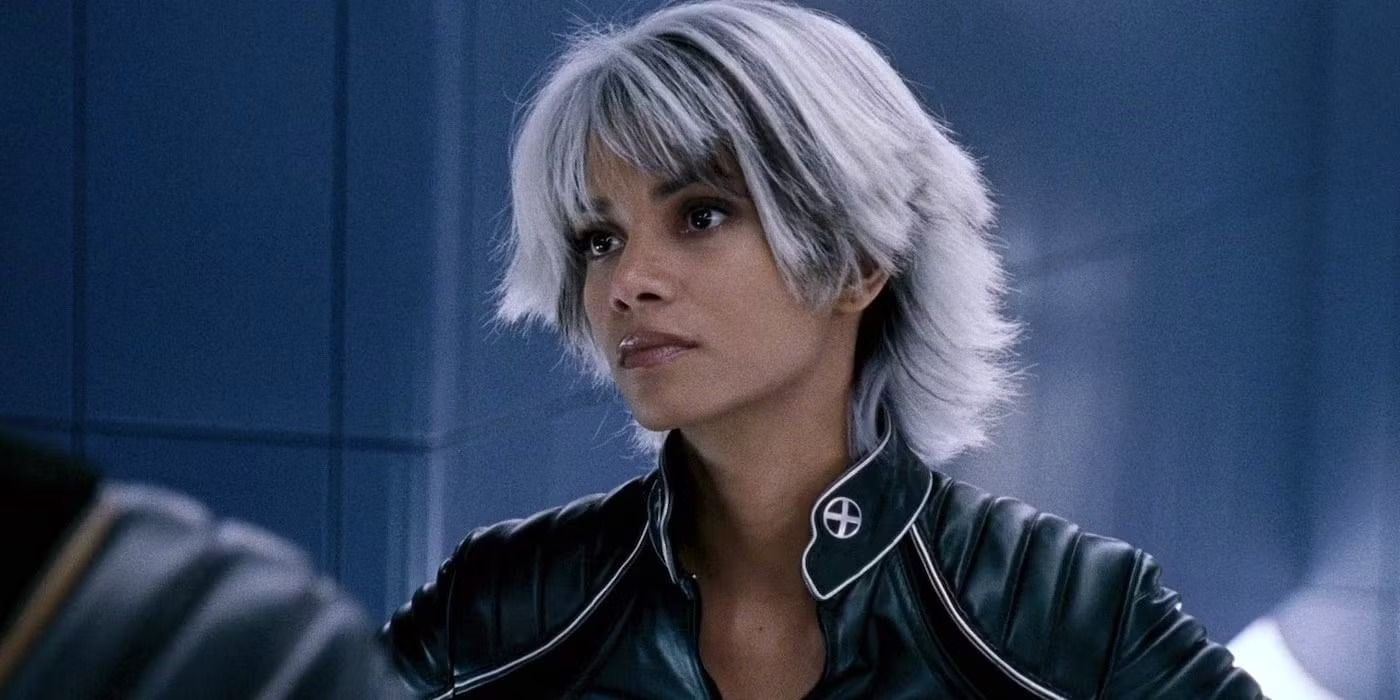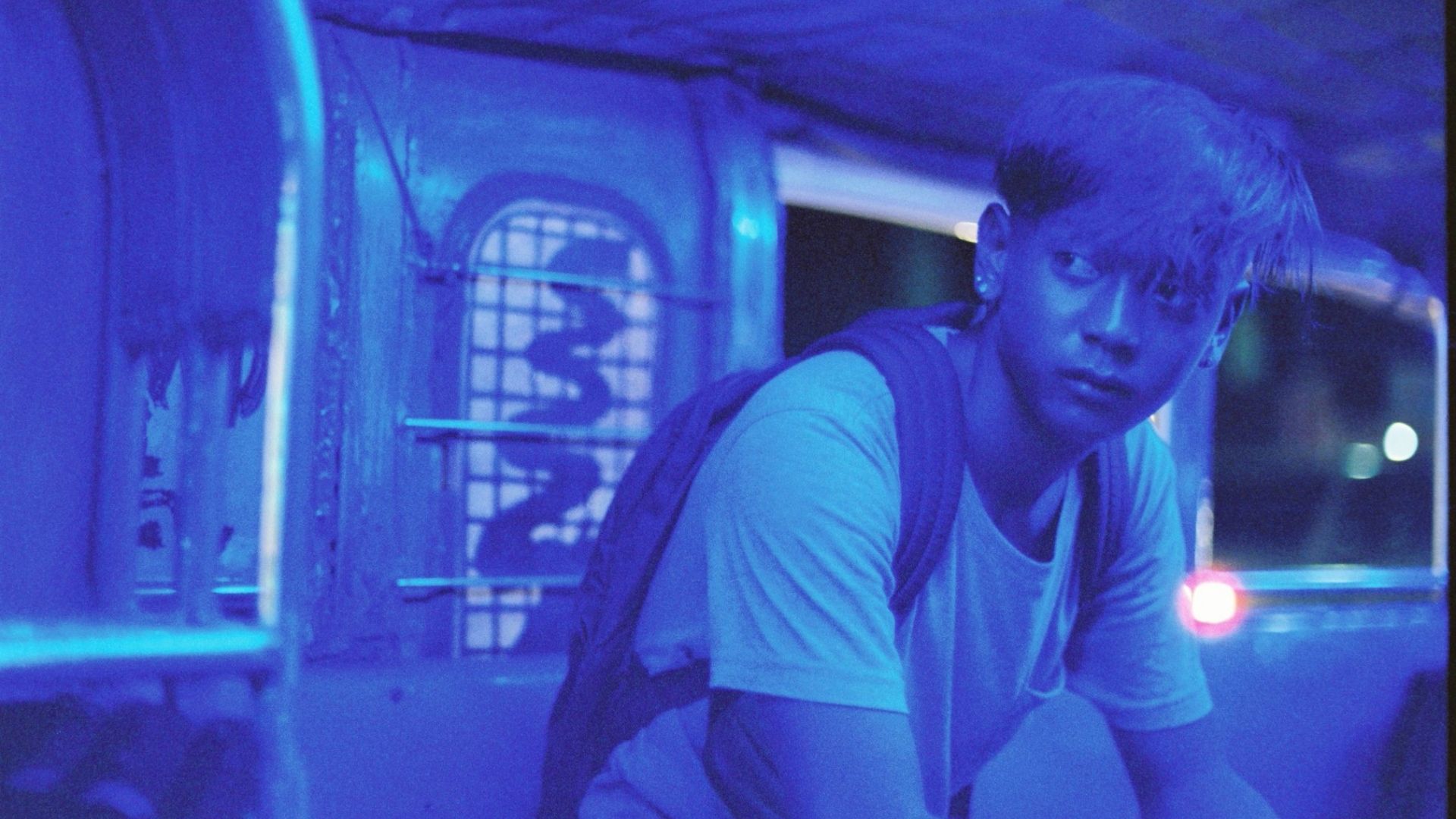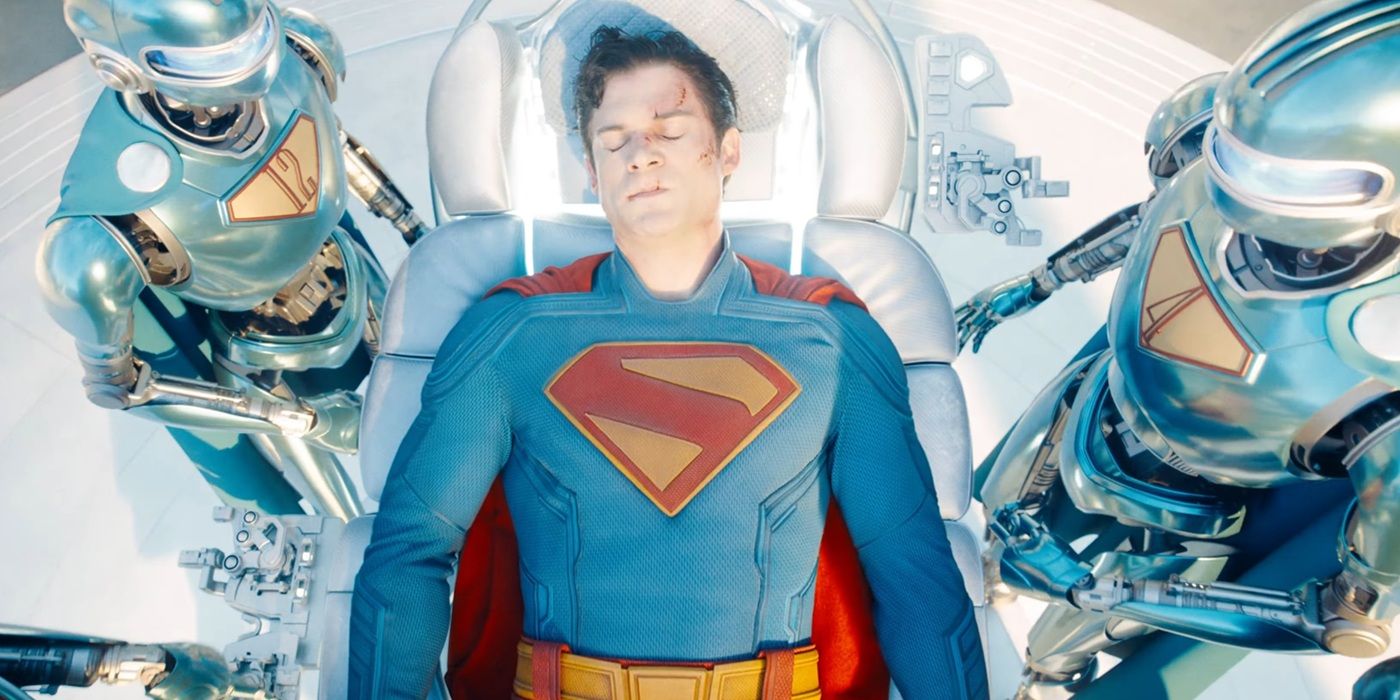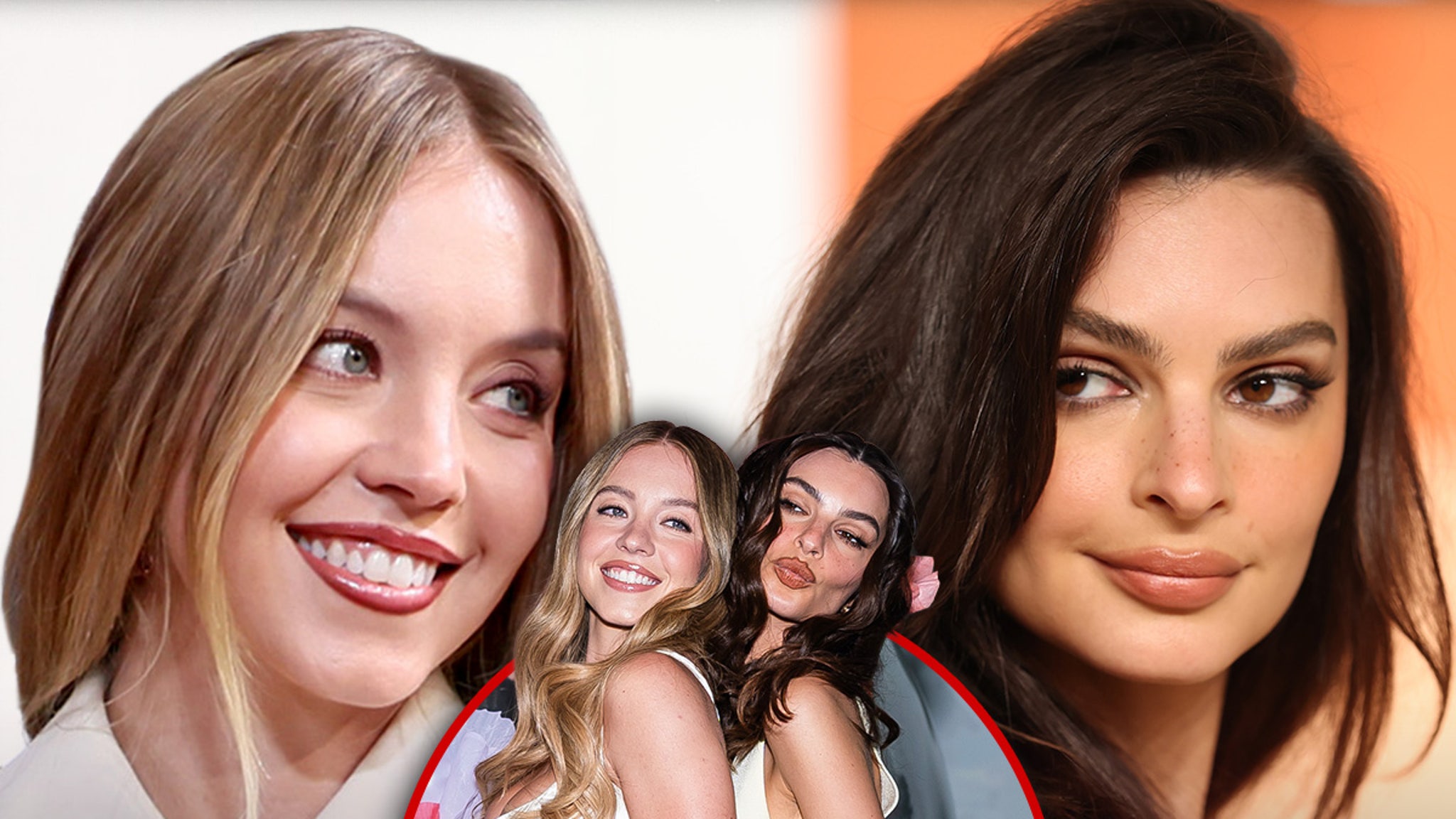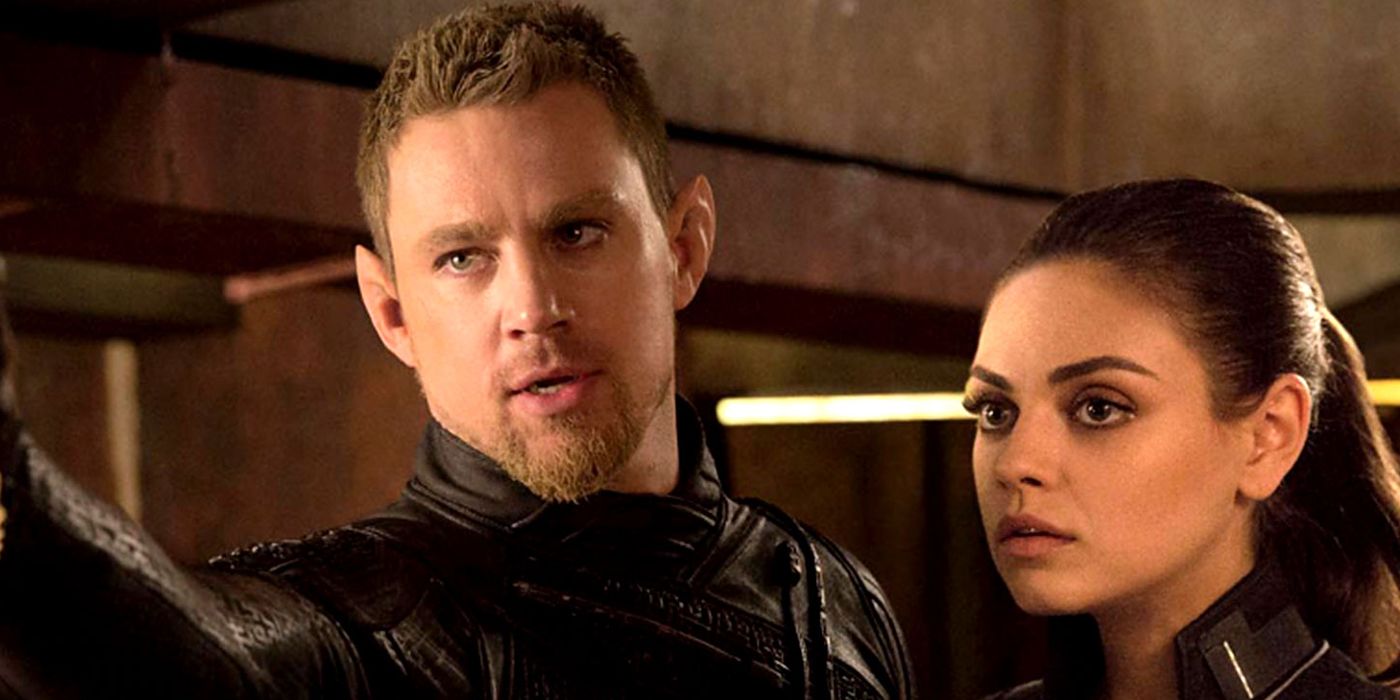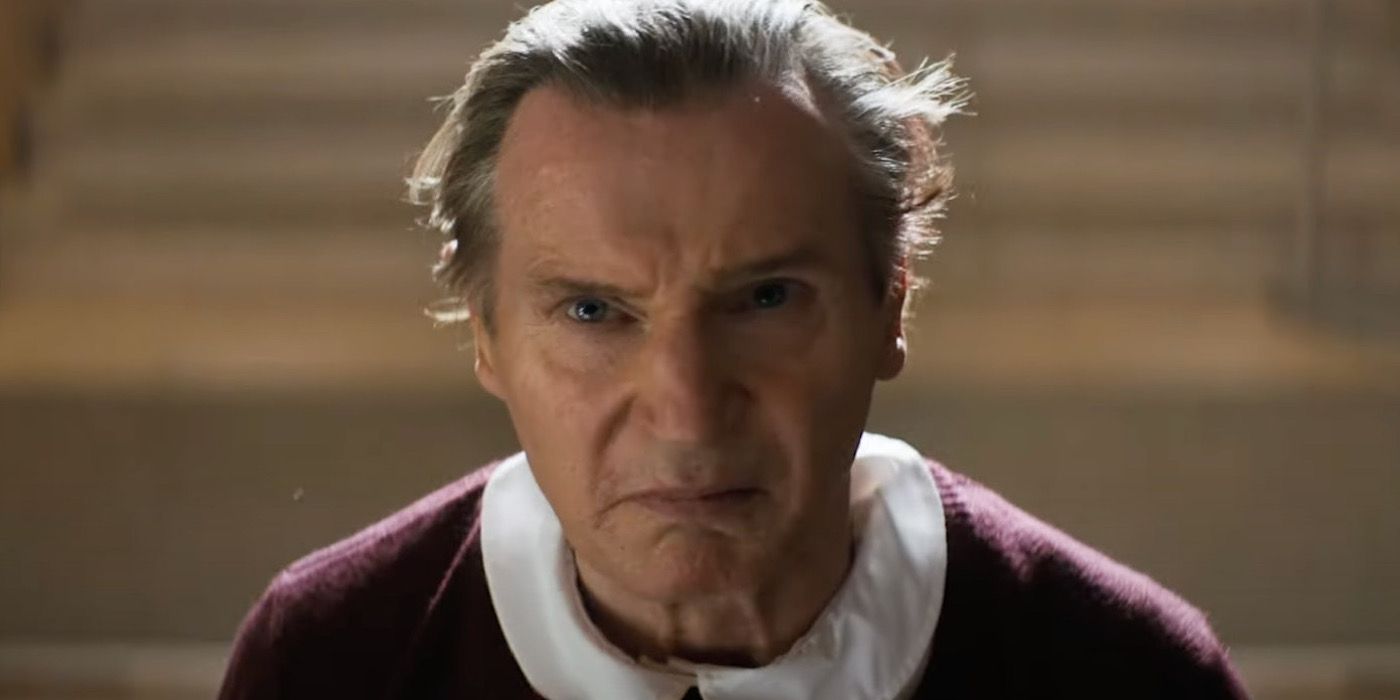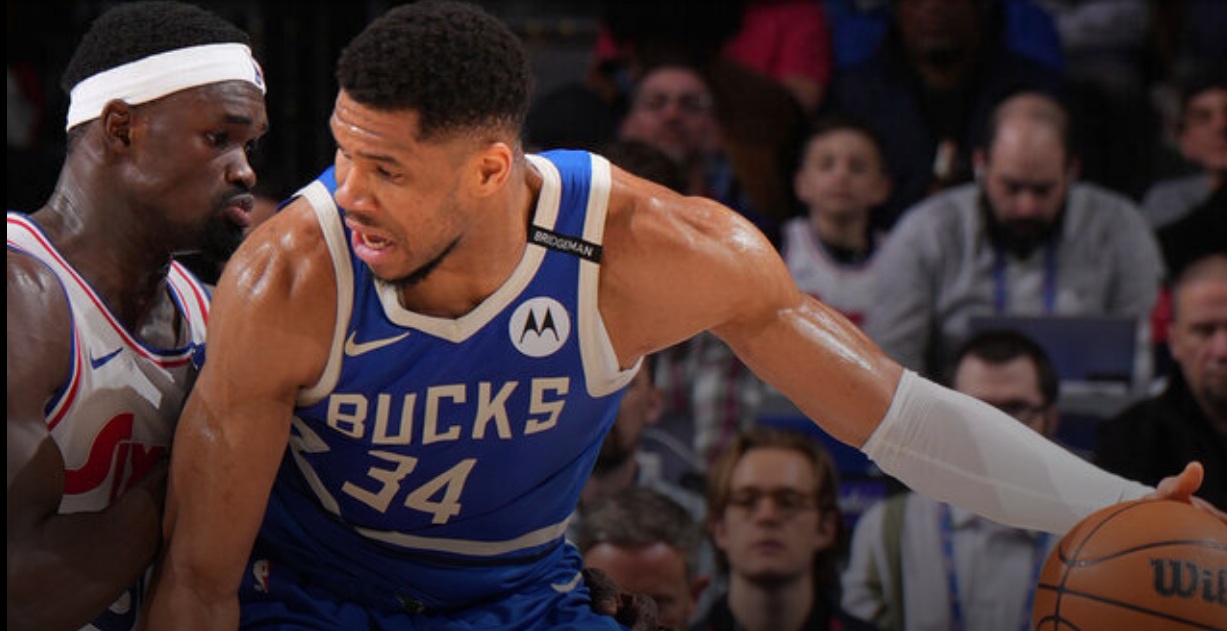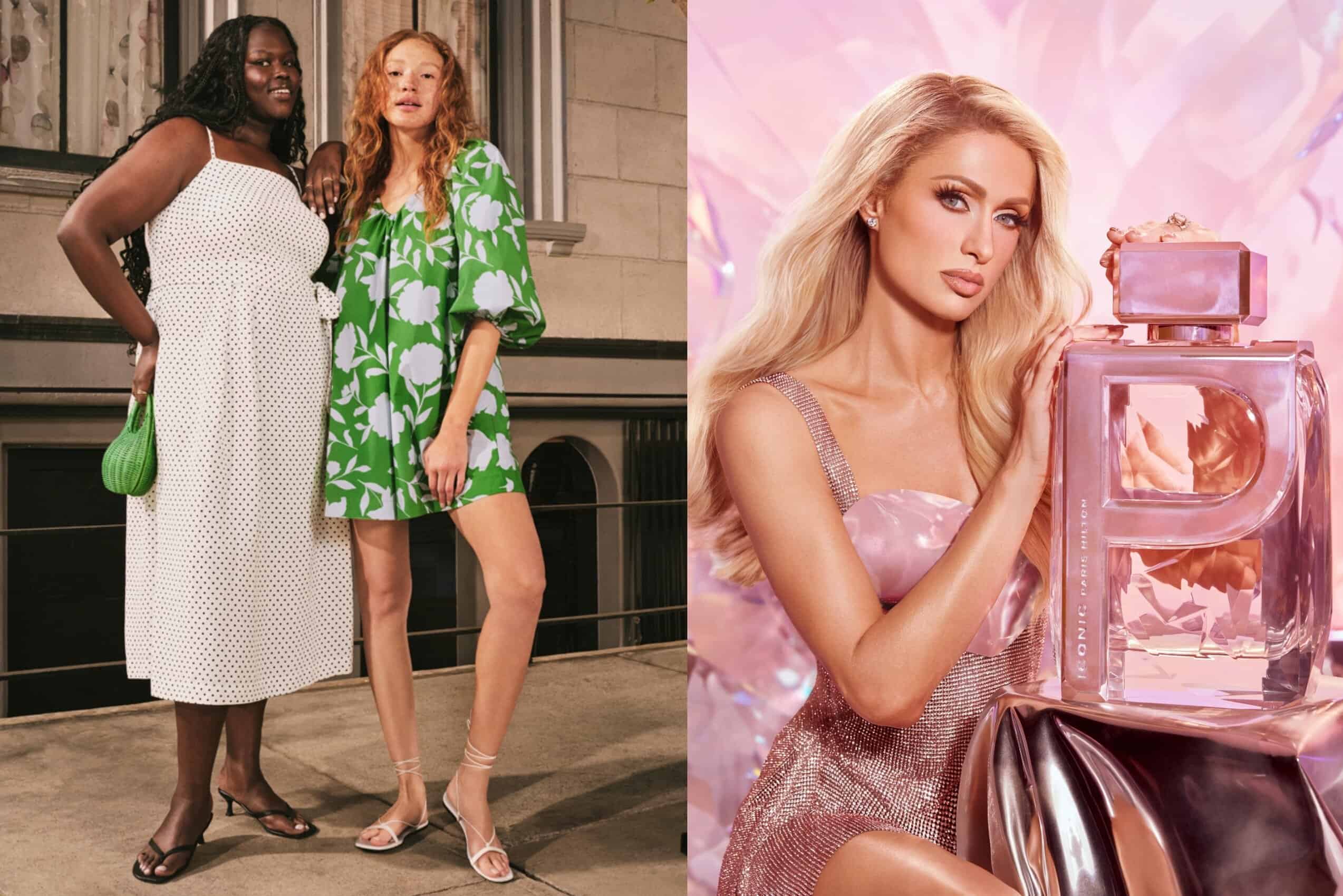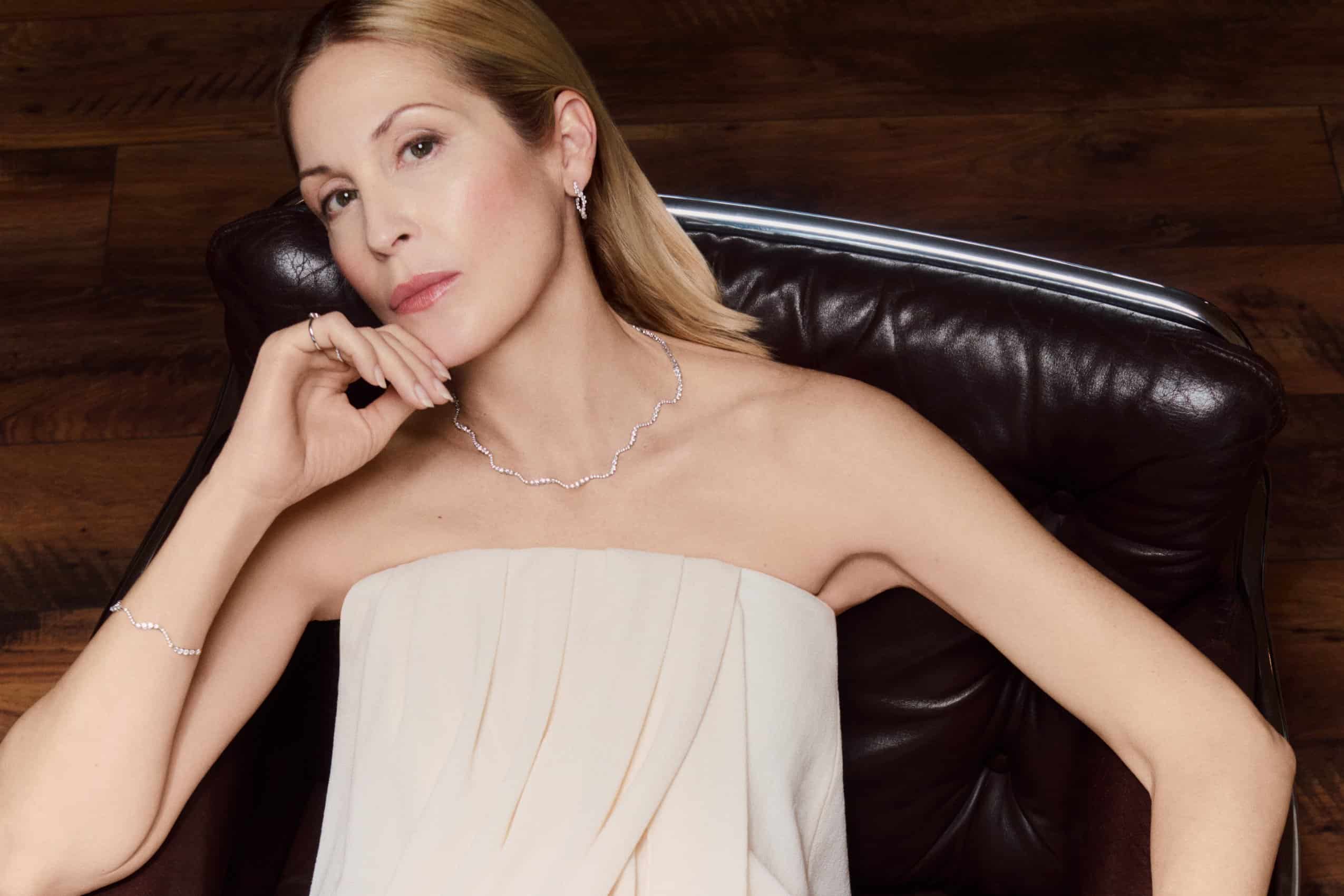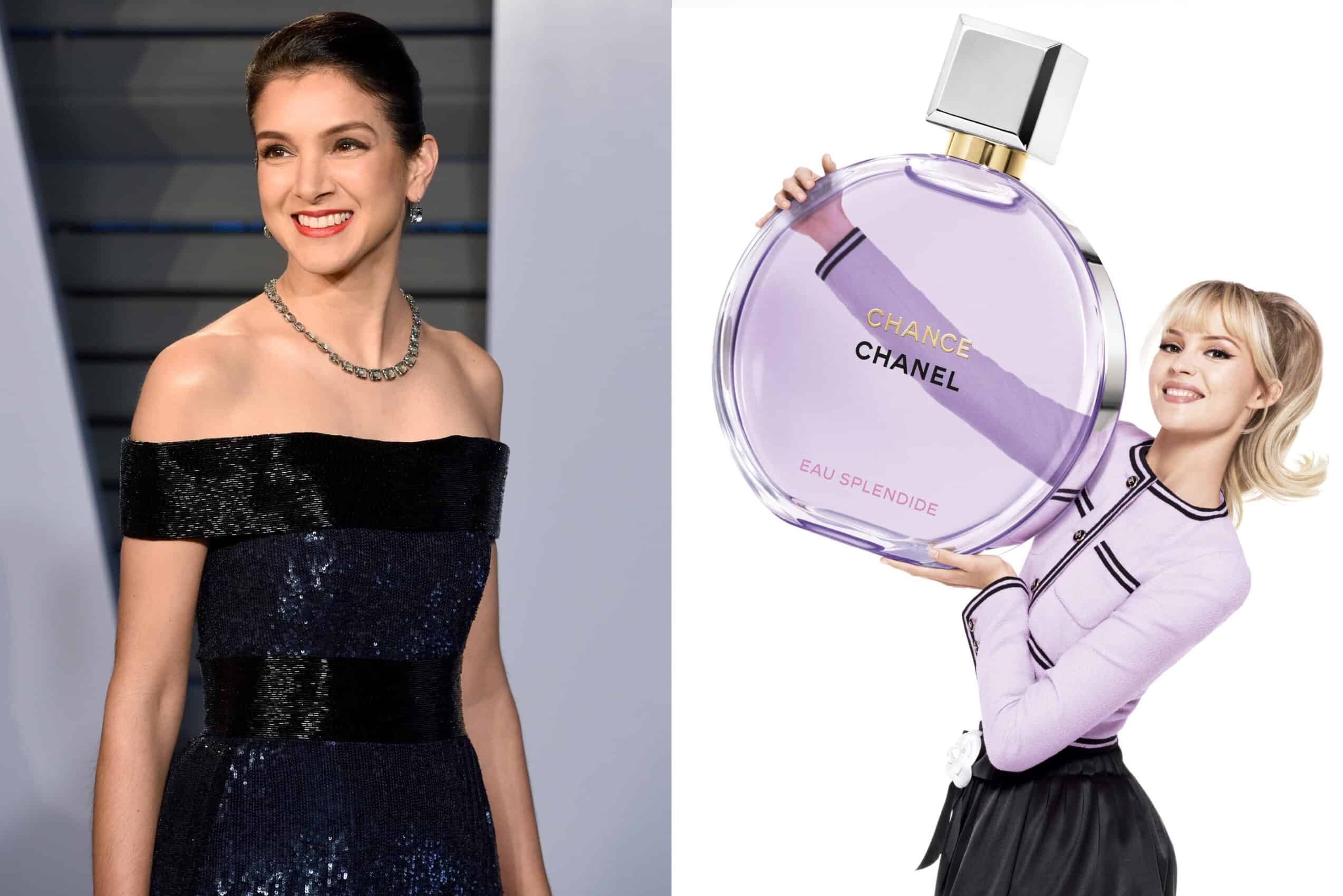One of the distinguishing characteristics of Hogg’s fascinating—albeit small—body of work is her insistence on a static camera, with people walking in and out of the frame, sometimes having crucial conversations off-camera, the space onscreen empty of humans. In the five feature films she’s made thus far—”Unrelated” (2007), “Archipelago” (2010), “Exhibition” (2013), “The Souvenir” and its sequel, Hogg’s style is reminiscent of Yasujirō Ozu, whose static camera create an alive-ness within the frame that is still magical to witness. How does he do it? It seems so simple, but of course it isn’t at all. Hogg acknowledges Ozu as a reference, but has also said this stasis comes from her love of old Hollywood musicals, where dancers like Gene Kelly were filmed in full-body shot, sometimes the camera moving laterally as the dancer moved, but mostly remaining still. Hogg has said she is interested “in gesture and how people move.”
It’s a distancing technique in many ways, but it also draws you into a space where life seems to be just happening, where the camera just happens to be there to “catch” the events swirling around within the frame. Hogg messes with—and confronts—audience expectations. Who made up the rules? Who decreed the format should be long shot to medium shot to close-up?
“The Souvenir Part II” picks up immediately after “The Souvenir,” when Anthony (Tom Burke), the charismatic older man whom Julie loves, is discovered dead in a drug dealer’s apartment. In the opening scene of the sequel, Julie lies in her childhood bedroom, fussed over by her parents (Tilda Swinton, Honor Swinton-Byrne’s real-life mother, and James Spencer Ashworth). She returns to film school, disenchanted with her original thesis project (a fictional story of a boy living in the once-bustling port city of Sunderland). She writes a new script about her relationship, a script her advisors—all male—urge her to abandon. This experience reflects Joanna Hogg’s actual experience in film school, when her thesis project—a surrealist film called “Caprice” about a woman (played by a young Tilda Swinton) getting sucked into the pages of a women’s magazine, bombarded with consumerist seductions and unrealistic beauty standards—was similarly rejected. The film school admins prized Ken-Loach-style-realism, and so what was this Busby Berkeley-MTV mashup? Hogg stuck to her guns. Julie sticks to hers as well.
“The Souvenir Part II” is more, though, than Julie’s progression towards a completed film. It could be called, with apologies to James Joyce, A Portrait of the Artist as a Young Woman. Joyce’s book showed a young man cutting ties with the outside forces on his life, first family, then religion, then country, in order to speak in his own voice as an artist. “The Souvenir Part II” also shows Julie’s grieving process, because in life things don’t happen in a neat way. Life doesn’t move from A to B to C. A, B, and C happen simultaneously. Everyone around her, including the extremely memorable Patrick, another filmmaking student (the superb Richard Ayoade), knew the truth: Anthony wasn’t a casual drug-user. He was a junkie. Julie was too naïve to recognize the signs. She struggles to come to grips with this.
You can view the original article HERE.

